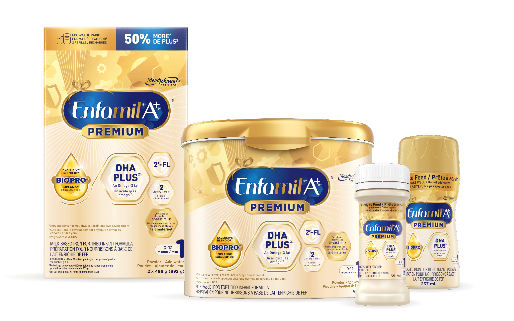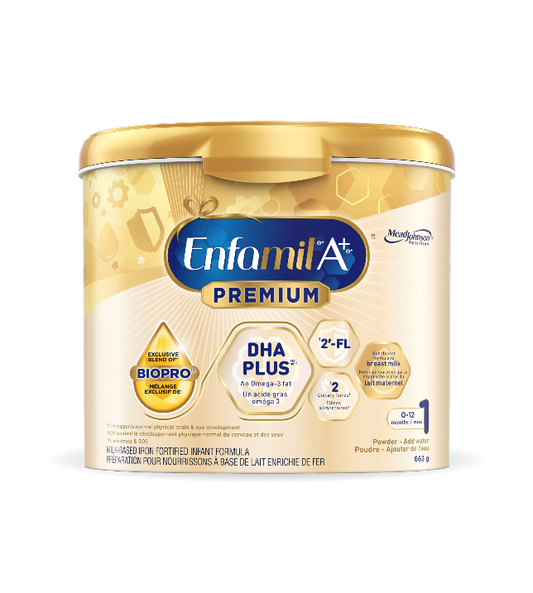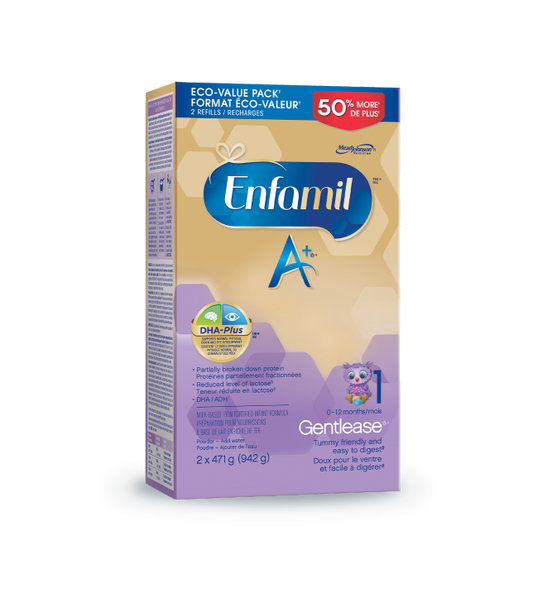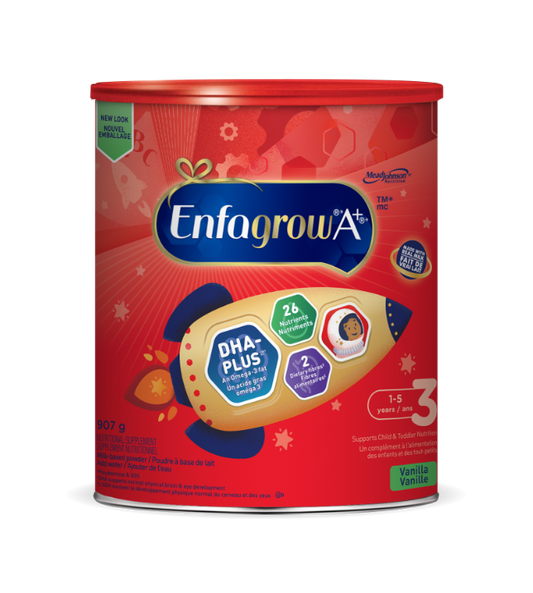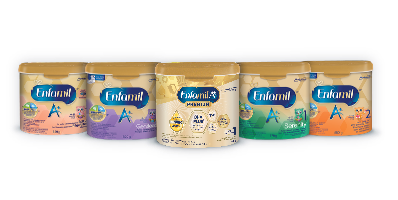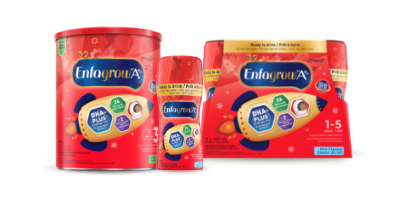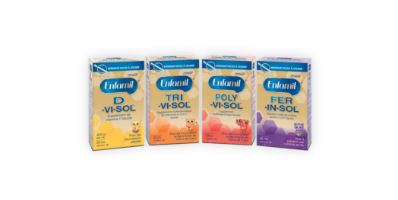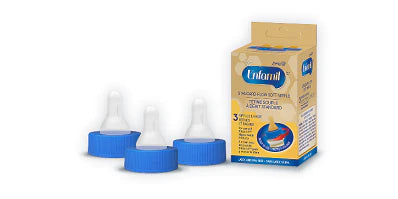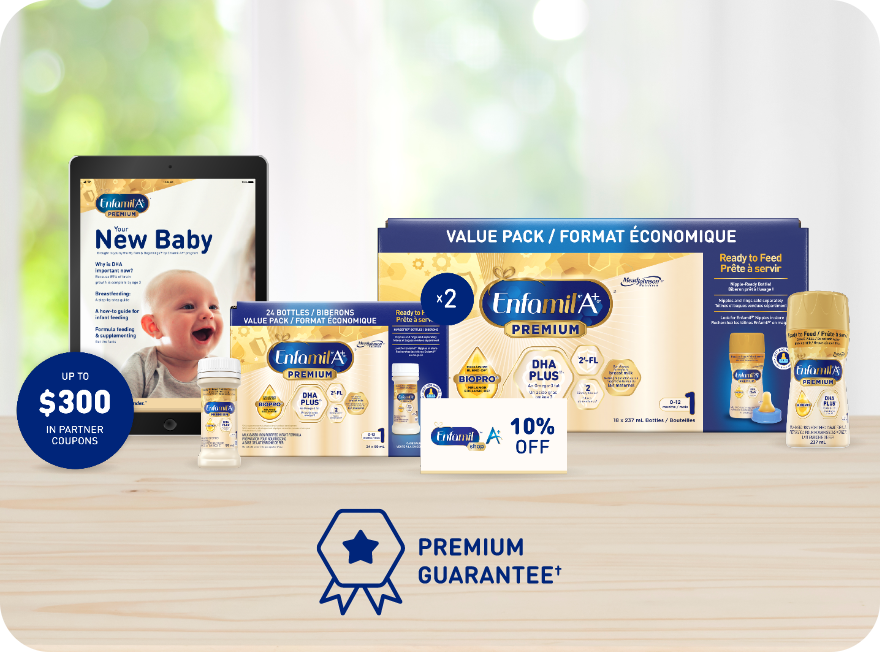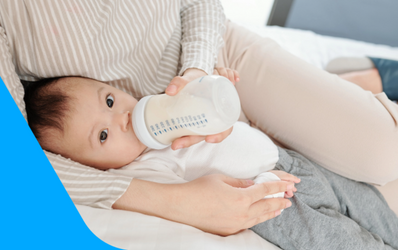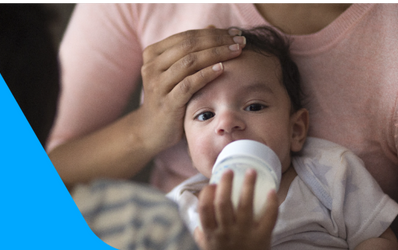Breastfeeding is best for your baby. The World Health Organization and Health Canada recommend exclusive breastfeeding during the first six months of life, and continued breastfeeding, along with complementary foods. We commit to supporting breastfeeding for all families to ensure optimal nutrition and the best start in life for infants. Please consult your healthcare professional before introducing infant formula.
Explore our products
FEATURED
AGES & STAGES
FEEDING NEEDS
PRODUCT CATEGORIES
Featured articles
5 facts every Moms should know.
Ensure that you know how much and how often to ...
Discover reasons why you might decide to formul...
* Full-sized products and a maximum of $500 value offers are only included in the Premium membership
† DHA supports normal physical brain development
‡ BIOPRO blend™ of PDX, GOS and 2'-FL
§ NIELSEN, 2022 data
¶ IQVIA report, 2022 data
// Premium Guarantee allows you to get a full $39.99 refund by your baby’s 2nd month, should you decide to breastfeed. Formula must be unused. Simply contact customer service for additional details.
** Premium members get 10% off, equivalent to up to $60 savings. $60 is equal to 10% off a maximum order value of $600. Basic members get 10% off, equivalent to up to $20 savings. $20 is equal to 10% off a maximum order value of $200. The 10% off discount code is for one-time use.
- Choosing a selection results in a full page refresh.
- opens new window.


